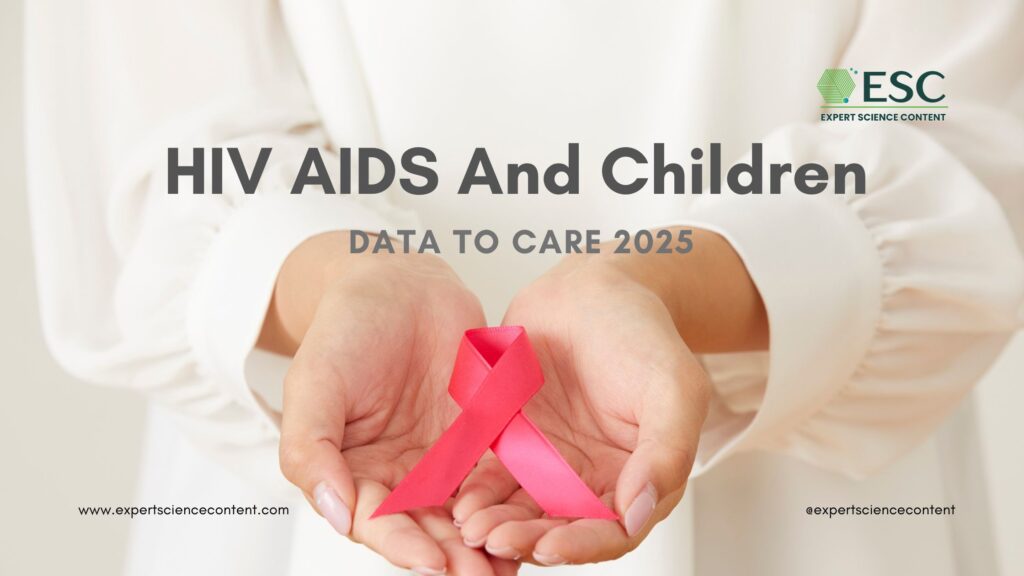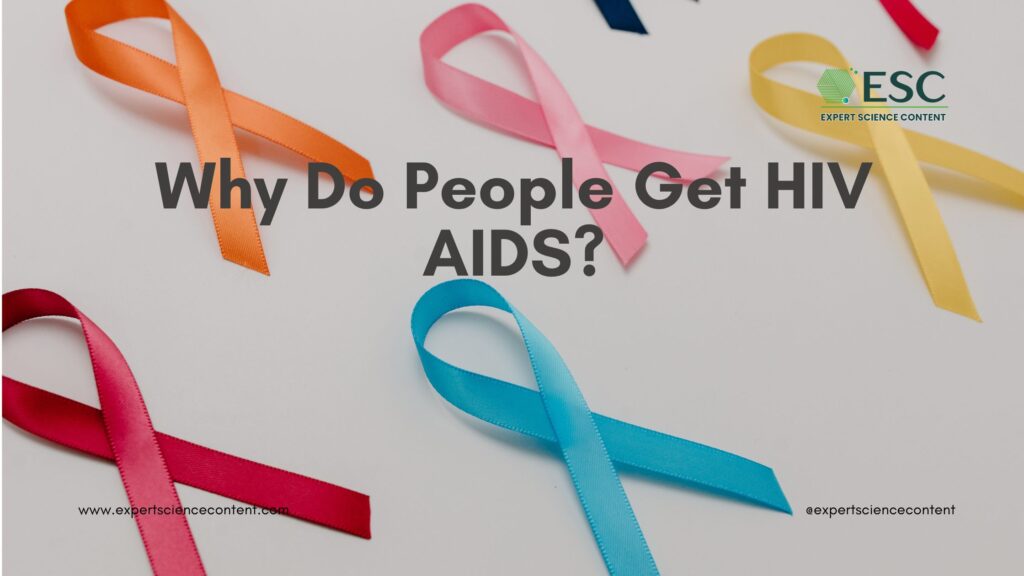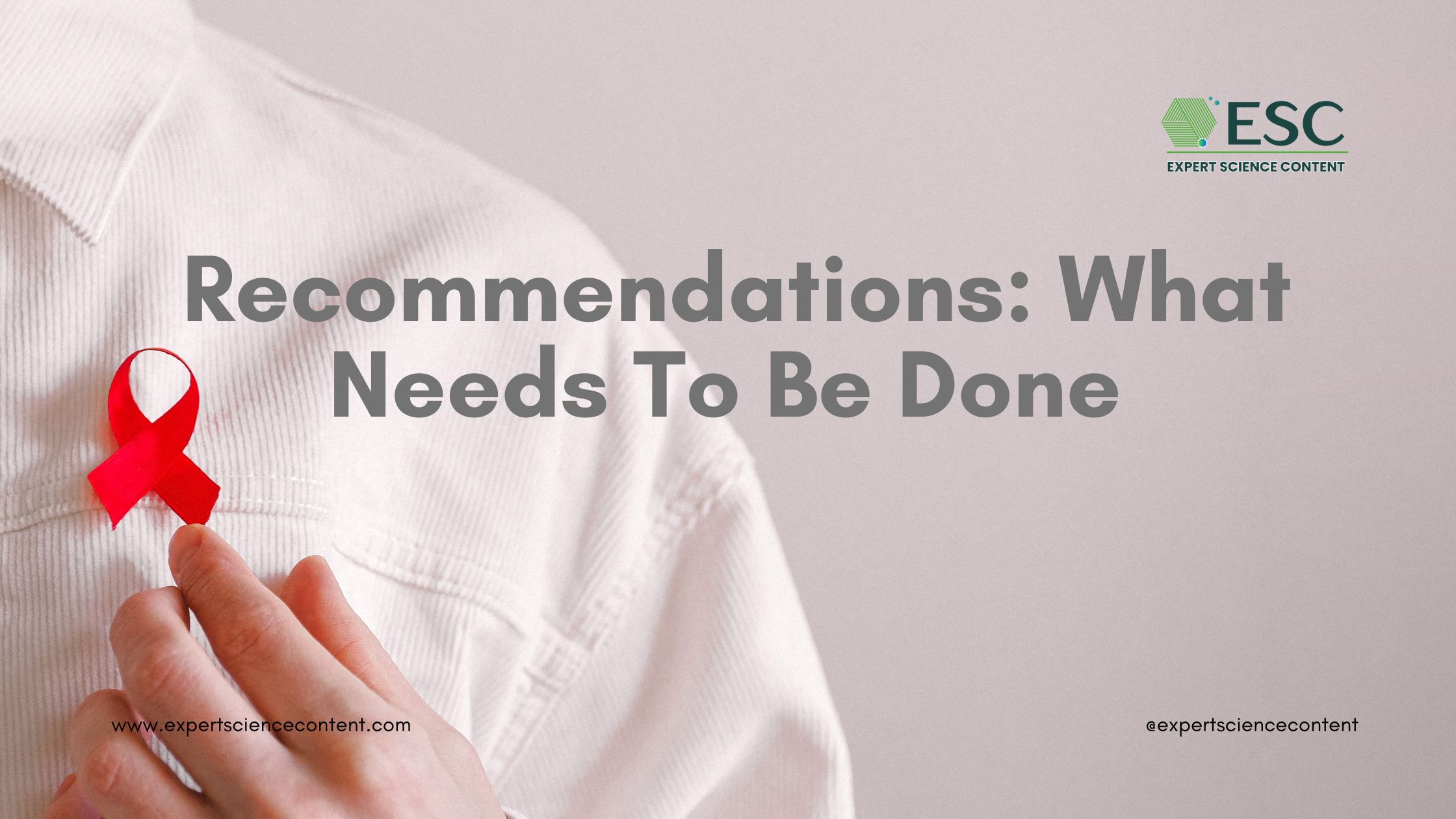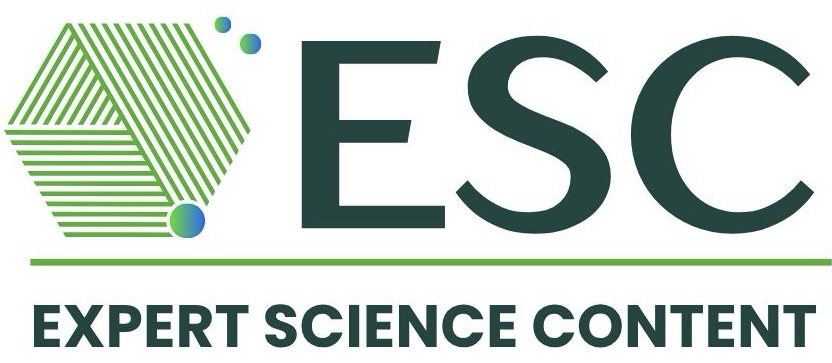HIV AIDS And Children : Data To Care In 2025
- Published By: Dr. Anindita Talukdar
- Published On: September 18, 2025
- 5 Minutes to read

HIV AIDS and Infants: An Overview
Human Immunodeficiency Virus (HIV) is the virus that causes Acquired Immune Deficiency Syndrome, commonly called AIDS. It is a condition inside the body, which causes progressive failure of the immune system and thus the infarction allows life-threatening opportunistic infections and cancers to thrive. If we go deeper to the science part, the virus attacks human immune system, i.e., helper T cells (CD4+ T cells), macrophages, and dendritic cells causing pyroptosis, apoptosis and viral killing leading to low levels of CD4+ T cells. If you want me to decode these complex terms, let’s make you understand in simple words- the virus attacks the CD4+ T cells, weakening the body’s ability to fight infections caused by other environments as the immune system is destroyed. Without treatment, HIV progresses to AIDS, making the body vulnerable to opportunistic infections and other illnesses.
In infants born to women living with HIV, the concern is mother‑to‑child transmission (MTCT) — that is, HIV passed from the mother to the infant during pregnancy, at birth (intrapartum), or through breastfeeding (postpartum). If a woman is living with HIV and becoming pregnant or who acquires the virus during pregnancy, both maternal and perinatal morbidity/mortality are at risk if the virus is poorly controlled. If no intervention is made, transmission rates can be high; however, thanks to modern interventions (antiretroviral therapy etc.), which can reduce the risk dramatically.
Why Do People Get HIV AIDS?

Let’s discuss the very basics of HIV AIDS. HIV spreads when blood, semen, vaginal fluids, and breast milk that have HIV enter the body. Because symptoms can be mild at first, people with HIV might not know they have it and could possibly spread it to other people.
Causes of HIV AIDS: How Someone could get HIV
- Contact with genitals SIT (during sex especially anal and vaginal sex without using )
- Contact with blood (through sharing needles for injecting drugs or tattooing)
- Mother to child during pregnancy, childbirth or breastfeeding.
HIV does not spread through:
- Casual contact (hugging or touching)
- Coughing or sneezing
- Kissing
- Touching items that were touched by an infected, such as towels or washcloths)
- Contact with pee, poop, spit, vomit, or sweat (as long as there isn’t any infected blood)
- Sharing drinking glasses or eating utensils (like forks, spoons, knives, or chopsticks)
- Saliva, sweat, or tears that is not mixed with the blood of an infected person
What are the HIV AIDS symptoms
The HIV AIDS symptoms vary depending on the infection phase with the person and the health and biological condition of the infected person. However some people do not show any symptoms during the early stage.
Possible symptoms include:
- Fever.
- Headache.
- Rash, muscle aches and joint pain.
- Diarrhea.
- Night sweats.
- Weight loss.
- Sore throat and painful mouth sores.
- Swollen lymph glands, also called nodes, mainly on the neck.
- Cough.
- Oral yeast infection, also called thrush.
- Swollen salivary glands
- Enlarged spleen or liver
How and Why HIV AIDS Spreads from Mother to Infant
 Pathways of Transmission
Pathways of Transmission
- Intrauterine (during pregnancy): During pregnancy the virus can cross the placenta and infect the fetus in the uterus. This is less common than some other modes of transmission, but significant among the causes of HIV AIDS, especially if the mother has high viral load and no treatment.
- During labour and delivery (intrapartum): When the baby is exposed to maternal blood and genital secretions during birth, there is a high risk of infection, particularly if the mother is untreated or virus level is high.
- Breastfeeding (postpartum): Infected mother’s breast milk can carry HIV. In settings where safe alternatives are unavailable, breastfeeding is balanced with its benefits vs risks. However with proper treatment, the risk of transmission from breastfeeding can be minimized.
Rates of Transmission Without Intervention
As per WHO report 1.4 million children aged 0-14 were living with HIV at the end of 2023, and 120 000 children were newly infected. An estimated 76 000 children died of AIDS-related illnesses.
- Globally, if no interventions are made, the rate of mother-to-child transmission (MTCT) ranges from 15% to 45% and In 2019, 85% of women and girls globally had access to antiretroviral therapy (ART) to prevent mother-to-child transmission (MTCT).
- In a recent data published in PubMed showed that in India and other high burden countries, prevalence among infants born to HIV‑positive mothers (without optimal preventive measures) tend to be in the 5‑12% range or higher, depending on region, health service availability, breastfeeding practices., and whether antiretroviral prophylaxis (for mother or infant) was given.
Key Risk Factors and Causes of HIV AIDS From Mother to Child
- Mother’s high viral load increases transmission risk to child.
- Lack of prophylactic antiretrovirals (ARVs) to mother around delivery or to infants.
- Prolonged breastfeeding without ART support or mixed feeding (breast milk + other foods) increases risk.
- Age of mother (some studies suggest older mothers >30 years in certain settings have slightly higher risk) in specific contexts.
- Lack of medical facilities during delivery or home births without adequate interventions increases the risk of infection.
Why Many HIV AIDS Infected Pregnant Women Deliver HIV‑Negative Babies
What Works:
With advancement in medical care, policy, and public health programs, many pregnant women living with HIV are able to deliver HIV‑negative babies. These successes and positive impact come from:
- Antiretroviral Therapy (ART) for the mother during pregnancy, delivery, and breastfeeding
- If mothers maintain suppression of HIV (i.e. low viral load), the risk to the baby is drastically reduced.
- WHO’s “Global HIV Programme” says globally ~1.3 million women and girls living with HIV become pregnant each year and 120 000 children were newly infected. ART can reduce and mitigate the risk.
- If mothers maintain suppression of HIV (i.e. low viral load), the risk to the baby is drastically reduced.
- ARV prophylaxis to infants
- For example, drugs such as nevirapine given to mothers or to infants around delivery can reduce the transmission risk. In a recent study carried out in Belgaum, Karnataka, provided data that shows Nevirapine reduced the transmission risk significantly (hazard ratio ~0.25 when both mother and baby got it; ~0.12 if either got it) vs no intervention.
- For example, drugs such as nevirapine given to mothers or to infants around delivery can reduce the transmission risk. In a recent study carried out in Belgaum, Karnataka, provided data that shows Nevirapine reduced the transmission risk significantly (hazard ratio ~0.25 when both mother and baby got it; ~0.12 if either got it) vs no intervention.
- Safe obstetric practices
- Ensuring delivery in medical settings (with skilled healthcare professionals), reducing exposure during birth.
- Ensuring delivery in medical settings (with skilled healthcare professionals), reducing exposure during birth.
- Safe infant feeding practices
- Exclusive breastfeeding with ART rather than mixed feeding, or formula feeding safely where feasible, depending on setting, to reduce risk from breastfeeding.
- Exclusive breastfeeding with ART rather than mixed feeding, or formula feeding safely where feasible, depending on setting, to reduce risk from breastfeeding.
- Early diagnosis and follow up
- Early diagnosis and testing of the infants at birth, 4‑6 weeks, and subsequent follow‑ups to catch any infection early, may prevent risk.
- Early diagnosis and testing of the infants at birth, 4‑6 weeks, and subsequent follow‑ups to catch any infection early, may prevent risk.
- Public health policy and widespread programs
- Programs like “Prevention of Mother To Child Transmission (PMTCT)” services, policies of universal ART, testing of pregnant women, can help to reduce the risk and deliver healthy children. For example in India, there has been an 84% decline in vertical (mother‑to‑child) transmission of HIV from 2010 to 2024.
Effects of HIV AIDS on Newborns, and Infants
On Newborns and Infants
- Infected Newborns and Infants are at risk of:
- Rapid disease progression, especially in the first months of life.
- Higher infant morbidity and mortality. For example, a study (Option B+ era) found that by six months, infant mortality remains a concern even if MTCT is low.
- Risk of infections, failure to thrive, growth delays are going to increase due to infection.
- Rapid disease progression, especially in the first months of life.
- If uninfected but HIV‑exposed, there are also considerations:
- Some studies show subtle immune dysfunctions; possible neurodevelopmental delays, especially if in utero exposure to certain antiretroviral drugs, or if maternal health is poor.
- Risk of illnesses increases due to environmental factors, breastfeeding choices, nutrition etc.
- Some studies show subtle immune dysfunctions; possible neurodevelopmental delays, especially if in utero exposure to certain antiretroviral drugs, or if maternal health is poor.
What Needs to Be Done: Interventions, Gaps, and Recommendations
- PMTCT Programs: Identifying HIV in pregnant women, providing ART, giving infant prophylaxis.
- Widespread HIV testing for pregnant women in antenatal care settings.
- Education about safe feeding practices (exclusive breastfeeding with ART support or safe formula feeding when possible).
- Support services for mothers: counselling, support groups, psychosocial support.
- NGO / community organizations providing care for children infected or affected by HIV, and also orphaned by AIDS.
AIDS Healthcare Foundation NGOs Organizations Doing Great Work
- Positive Lamb Foundation (India): Works with children living with HIV in India (under age 15) to provide dignity, education, healthcare.
- AGAPE Orphanage & School (Hyderabad, India): Caring for infected and affected children; many are orphans; supporting not just medical care but nutrition, education, emotional healing.
- Aasha Foundation: Dedicated home for HIV/AIDS infected people, their families and society, with a special focus on women and children.
- Naz Care Home, Naz Foundation (India): Community care centre for children living with HIV AIDS, providing shelter, and healthcare.
- Nkosi’s Haven (South Africa): Holistic care & support for mothers and children impacted by HIV/AIDS, keeping mothers and children together where possible.
- Partnerships with governments (public health system), international agencies (e.g. WHO, UNAIDS, UNICEF) are vital to scale up and standardize care, diagnostics, drug supply etc.
- Many NGOs combine medical, psychosocial, educational services—for example, providing schooling and life skills, emotional healing, meals, in addition to ART. This combined model tends to yield better outcomes in terms of survival, quality of life, and stigma reduction.
- The Coalition for Children Affected by AIDS is an advocacy/learning network that works globally to push for policies, funding, and rights for children affected by HIV/AIDS.
Gaps and Challenges
- Late diagnosis: Women who are diagnosed late in pregnancy or not tested at all are at more risk for care and treatment.
- Access to care and adherence: Even if ART is offered, some mothers may have obstacles in accessing treatment, maintaining adherence, or dealing with side effects.
- Breastfeeding risk: In some settings, exclusive breastfeeding is hard to maintain or other food/supplement leading to mixed feeding which increases risk.
- Medical infrastructure: Lack of medical facilities, skilled health workers, capacity to do early infant diagnosis in many rural or resource‑poor settings.
- Stigma and social barriers: Fear of being known HIV positive, discrimination, which may prevent accessing services or disclosure.
- Drug safety and side effects: Some antiretroviral regimens may have risks; monitoring is required. Also pharmacovigilance in infants / exposed but uninfected children.
Sustainability and funding: Maintaining funding for ART, supply chains, diagnostic tests etc.
Recommendations: What Needs To Be Done

- Universal and early HIV testing for all pregnant women
- In antenatal clinics; repeated testing where necessary (if risk of infection during pregnancy).
- In antenatal clinics; repeated testing where necessary (if risk of infection during pregnancy).
- Immediate initiation of ART when HIV diagnosed
- Maintain viral suppression throughout pregnancy, labour, and breastfeeding period.
- Maintain viral suppression throughout pregnancy, labour, and breastfeeding period.
- Provision of infant ARV prophylaxis
- For babies at birth and appropriately during breastfeeding if needed.
- For babies at birth and appropriately during breastfeeding if needed.
- Safe delivery practices
- Skilled birth attendance; minimizing invasive procedures, ensuring medical safety.
- Skilled birth attendance; minimizing invasive procedures, ensuring medical safety.
- Promoting exclusive breastfeeding + ART
- Accessible early infant diagnosis (EID)
- Testing at birth, and again at 4‑6 weeks, 3 months, 6 months, etc., depending on guidelines with rapid diagnostic tools.
- Testing at birth, and again at 4‑6 weeks, 3 months, 6 months, etc., depending on guidelines with rapid diagnostic tools.
- Support systems for mothers
- Counselling, peer support (mentor mothers), psychological services.
- Counselling, peer support (mentor mothers), psychological services.
- Reducing stigma through community education. Ensuring mothers do not feel isolated or fearful.
- Monitoring and surveillance to track MTCT rates, outcomes for exposed but uninfected infants.
- Scaling up proven NGO/community organization models and integrating these with public health systems.
- Research into long‑term outcomes of HIV‑exposed but uninfected infants; optimizing drug regimens in pregnancy for safety; better ways for ART delivery in limited resource settings.
- Scale up NGO/public health collaboration, ensure sustainable funding, supply chains, training of health staff.
- Community education and empowerment, including male partners, family, community leaders, to reduce stigma, encourage supportive care.
Care for Pregnant Women, Newborns, and HIV‑Exposed Infants
Here’s a more descriptive “care pathway” approach:
- Prenatal Stage
- As soon as pregnancy is confirmed, pregnant women should be offered HIV testing (with consent), counselling, and support.
- If HIV is positive, assess viral load, CD4 count, start ART regimen suitable for pregnancy.
- Monitor maternal health (nutrition, comorbidities like TB, malaria etc.).
- Counsel on safe delivery plans (skilled birth attendance), infant feeding choices, and what to expect.
- As soon as pregnancy is confirmed, pregnant women should be offered HIV testing (with consent), counselling, and support.
- During Delivery
- Ensure the mother is on ART, with ideally low or suppressed viral load.
- Use sterile, safe obstetric practices.
- Infants must receive prophylactic ARVs immediately after birth (e.g. nevirapine or as per local guidelines).
- Manage complications, avoid invasive procedures that increase exposure risk where possible.
- Ensure the mother is on ART, with ideally low or suppressed viral load.
- Postpartum Stage and Infant Care
- Infant diagnosis: test at birth when possible, then follow up (4‑6 weeks, etc.). Early detection enables early treatment if needed.
- Breastfeeding: If exclusive breastfeeding is chosen and mother continues ART, risk can be very low. Mixed feeding is discouraged, as mixed feeding increases transmission risk.
- Regular monitoring of infant growth, health, immunizations, opportunistic infections.
- Support for mothers – ensuring they adhere to ART, nourished, psychologically supported.
- Infant diagnosis: test at birth when possible, then follow up (4‑6 weeks, etc.). Early detection enables early treatment if needed.
- For HIV‑infected Infants
- Start ART as early as possible after diagnosis.
- Management of opportunistic infections, nutritional support.
- Long term follow up: growth, developmental assessments (motor, cognitive), psychosocial support.
- Start ART as early as possible after diagnosis.
- Community and Social Support
- Removing stigma: educational programs, sensitization of health workers, community leaders.
- NGOs and social organizations offering home care, peer group support, shelter when needed, support for orphans.
- Legal protection for the rights of mother and child.
- Removing stigma: educational programs, sensitization of health workers, community leaders.
Key Takeaway
The fight against mother‑to‐child HIV transmission illustrates both how far public health has come and how much more work needs to be done from us. Data from multiple research studies show that with proper interventions, ART for mothers, prophylaxis for infants, safe delivery, and intelligent feeding practices; the risk of infant infection can fall from 15‑45% to 2% in many settings. Yet challenges remain in ensuring every pregnant woman has access to testing, treatment, and support; and every infant born exposed (or infected) lives with dignity, good health, and opportunity.
For NGOs, governments, health workers, and the public, the imperative is clear: continue scaling what works, invest in gaps, reduce stigma, and ensure these advances reach everyone—urban, rural, rich, poor alike.
Today on National HIV/AIDS and Ageing Awareness Day, a gentle reminder
Let us care for these little ones, infants and children born into the world already facing HIV—who don’t yet understand what they’re suffering from. They not only need treatment, but also they need our love, dignity, and protection from stigma. Please share this blog widely with your near and dear ones to spread awareness and save lives.
If you need heartfelt, research-based content like this to spread awareness or support a cause, visit our website or contact us today—we’re here to write for impact.

Dr. Anindita Talukdar
The creative behind ESC sharing smart actionable tips and insights to level up writing and research skill.
Join ESC
Get our newsletter

Dr. Anindita Talukdar
The creative behind ESC sharing smart actionable tips and insights to level up writing and research skill.
